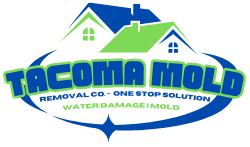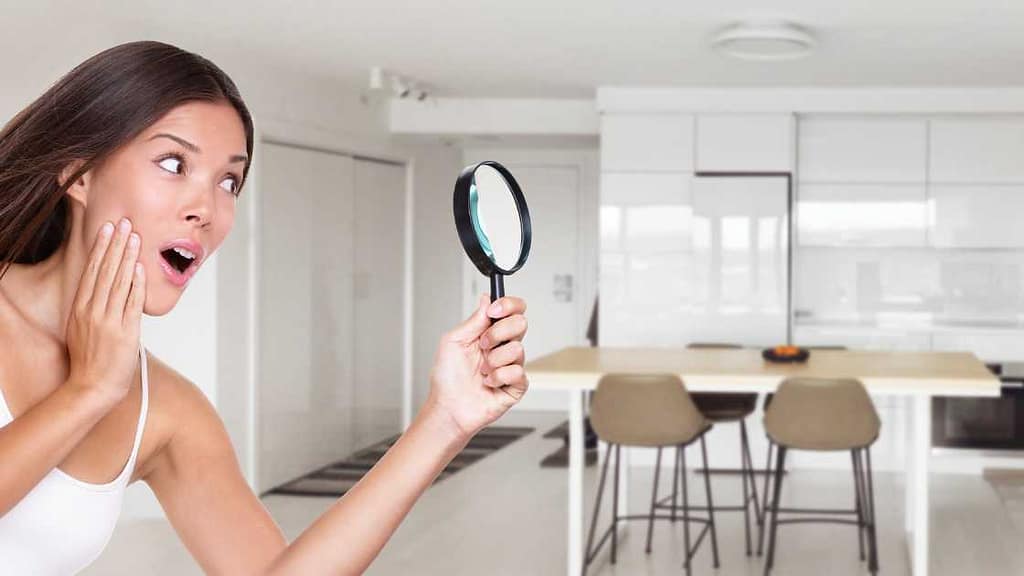Mold Inspection should be be considered as crucial part of any home or business. It can be hard to know what you should look for and how often, but it’s not impossible!
Mold can be found anywhere in moist areas such as bathrooms, kitchens, basements, crawl spaces, attics, etc. If mold is present, the area needs to be cleaned up immediately before it spreads further into other parts of your property.
The following are five facts that you should know about mold inspection in Tacoma:
1. Identify the area affected by mold
The first step in preventing mold growth is knowing where it exists. This means finding out if there is moisture in an area of your house that could lead to mold growth.
There are varous ways to do this, including checking under sinks, behind toilets, around pipes, on windowsills, etc. Once you have identified these locations, please take steps to prevent them from becoming wet by keeping things dry.
This will ensure that they don’t become breeding grounds for mold spores.
2. Check for visible signs of mold
Once you identify the location of possible mold growth, check for visual clues like discoloration, musty odors, dampness, etc.
These may seem obvious at first glance, but sometimes people overlook them because they aren’t used to seeing mold growing in their homes.
The best way to find out if something looks suspicious is to touch it with clean hands. These signs will signal you whether or not it has been contaminated by mold. For instance, when looking at bathroom tiles, make sure they feel smooth and solid rather than soft and spongy. When inspecting kitchen cabinets, look for water spots on wood surfaces.
Also, pay attention to walls, ceilings, floors, furniture, carpeting, insulation, etc. Any place that feels sticky or slimy is probably covered in mold.
3. Clean up all suspected areas
If you see anything that seems suspect, get rid of it right away. Please don’t wait until later; once mold starts spreading, it becomes much harder to remove.
Make sure to use cleaning products designed specifically for removing mold. Some common household cleaners won’t work well against mold, so try using bleach-based solutions instead.
Be careful though too much bleach can cause damage to certain materials. Use only enough solution to cover the surface being disinfected completely.
Afterward, wash everything thoroughly with soap and hot water.
4. Keep track of changes
It’s also helpful to keep track of any changes that occur after performing a mold inspection. Are there new smells?
Is there more dust? Do you notice increased humidity levels? All of these factors indicate that mold might be starting to grow again.
So, even if you think you got rid of it, it’s still worth doing another inspection to be safe.
5. Get help
Finally, remember that getting professional assistance is always better than trying to handle problems yourself. A qualified inspector will be able to spot potential issues quickly and provide recommendations based on their experience.
They can also advise on how to avoid future mold outbreaks. In addition, they can perform tests to determine precisely which type of mold is causing the problem.
Finally, they can recommend appropriate treatments depending on the severity of the situation.
Bottom line
Mold inspections should happen regularly as part of maintaining a healthy home environment. It is also good practice to inspect every room in your home before selling it.

